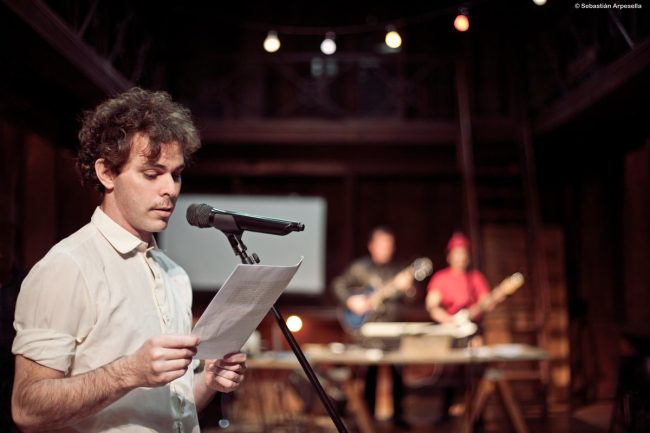Let us place Alejo Moguillansky on the map of international cinema. In his home country of Argentina, he is respected as part of El Pampero (a collective of filmmakers which includes him, Mariano Llinás, Laura Citarella and Agustín Mendilaharzu). El Pampero Cine operates outside of the traditional methods of film financing and production, refusing the bureaucracy of state funding, as represented by INCAA (National Institute of Cinema and Audiovisual Arts), which as we publish this is being systematically destroyed by the right-wing government of Javier Milei. His films have won top festival prizes (he’s won the top price at the BAFICI a couple of times). But, internationally, his films have not reached the dizzying heights of acclaim as his partners (none of his films have sniffed a Cahiers top 10 placement; La Flor and Trenque Lauquen get NYFF Main Slate treatment, while he gets a retrospective at the microcinema Spectacle). His films have premiered in major international film festivals, but always at a sidebar (2005’s La prisionera and 2022’s The Middle Ages at the Forum at Berlin, 2019’s Por el dinero at the Director’s Fortnight). But, frequently it feels like they get lost in the shuffle. None of his films have received distribution in the United States.
Why write about Alejo Moguillansky? If we can say that the one-two punch of 2008’s Historias Extraordinarias and 2009’s Castro established the name of El Pampero Cine, then it is the constant production of Moguillansky that keeps them going through the gargantuan multi-year productions of La Flor and Trenque Lauquen. Starting from 2013’s The Parrot and the Swan, he delivers a film every two years or so, a short, a documentary, a music video, a collaboration with some institution or other. Perhaps it is also through his films that we can understand what El Pampero actually is, and how they work (see 2014’s The Gold Bug). But, this is also an attempt to write about him as an individual artist, outside of the context of El Pampero, to understand how his films work, what makes them special. If we are to go back to the original question – I wanted to write about Alejo Moguillansky because in him I found inspiration for my own work. His starting point was the everyday world, and through fiction, he arrives at poetry. Reality, then dance.
The text, “un diario de Alejo Moguillansky,” is an attempt to honor the playfulness of Moguillansky’s films, the structural games, the changes in velocity, but also the serious commitment to his cinema. In an interview with the film critic Roger Koza, Moguillansky says that the cinema is “our homeland.” If this is true, then this text (and his profile) is an attempt to go to that place, to see where he lives, and to bring something back.
In this Profiles #2, we aim to explore the work of Alejo Moguillansky. We will publish an interview conducted with him earlier this year which explores the philosophy behind his own filmmaking practice, and translations of some of his critical work.
“This world can be filmed and, even more, imagined.” – Alejo Moguillansky
